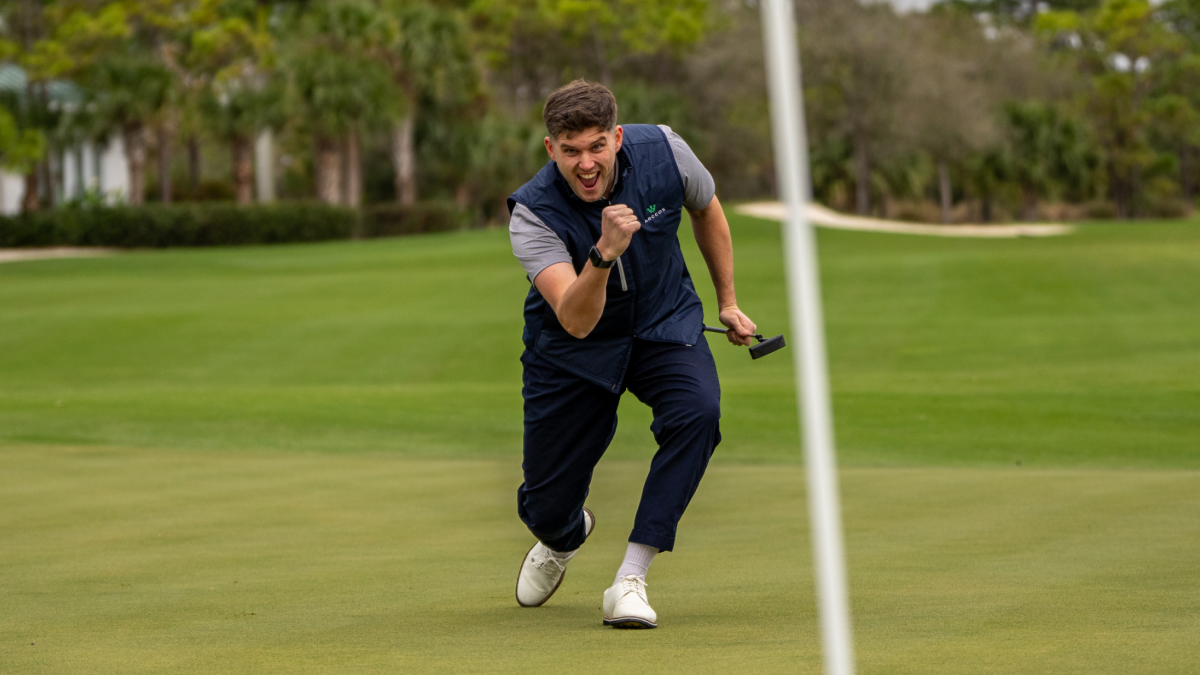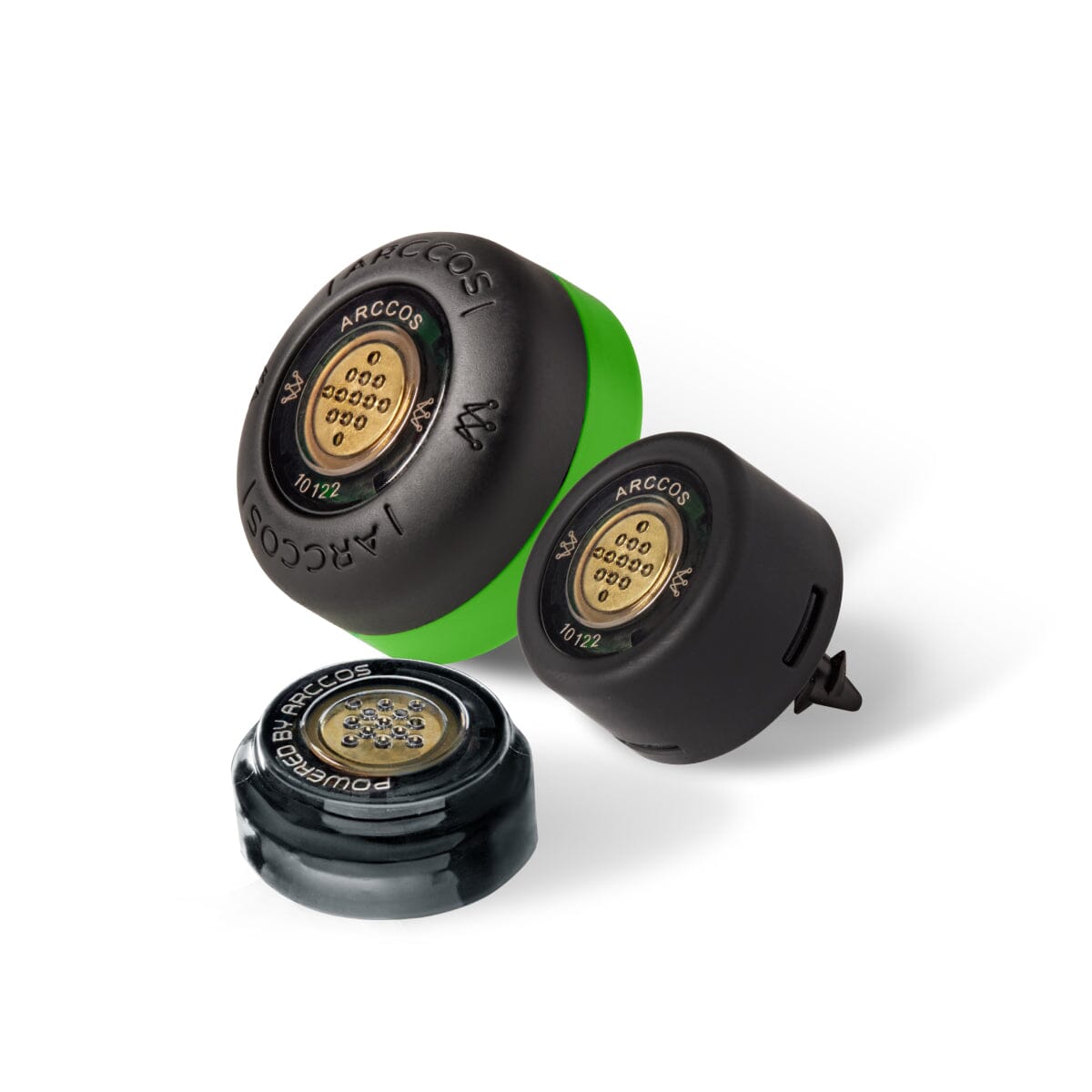
Golf has always been a game of hunches. You think a 7-iron will get you there. You hope you read that green correctly. You feel like your driver swing is in sync today.
But the game is changing…
A new layer of intelligence is creeping into practice ranges, club design labs, and even the phones in our pockets and it’s not guesswork. It’s artificial intelligence.
At the highest levels of the sport, AI is no longer a gimmick. It’s starting to engrain into the everyday lives of players and their teams. Tour pros are using it to break down their swings in microscopic detail, predict how shots will behave in different conditions, and fine-tune equipment to fit their exact delivery. What used to take months of trial and error now happens in hours.
Watch a Tour player’s practice session today and you might see motion-capture markers, 3D body maps, and computer models whirring away in the background. Systems like GEARS, Sportsbox AI, and Foresight Vision record hundreds of data points in a single swing. Then AI crunches that data against millions of other swings to highlight what’s costing speed, accuracy, or consistency.
It’s not just the swing, either. Players and their teams now run predictive models before events, simulating wind, elevation, and firmness to decide the smartest way to attack a golf course.
Even the clubs themselves are built by algorithms now. Callaway feeds massive datasets into AI to optimise face thickness and weighting for maximum speed across the hitting area. Cobra’s HOT Face technology creates multiple zones of precision thickness so off-centre strikes still fly. PING’s G425 series was refined through AI simulations that shaped the head for ultimate forgiveness without sacrificing distance.
This isn’t the future. This is happening right now.
It’s tempting to think all this is reserved for players with a team of coaches and a tour truck in the parking lot. But the same core technology is trickling down and you can use it the next time you tee it up.
Take Arccos, for example. The app quietly records every shot you hit, then turns that raw data into insights you can actually use. One of its most powerful features is its ability to simulate distances in different environments showing you, for instance, how your 8-iron flies at sea level versus at altitude, or how a 20-mph headwind really affects your carry numbers. It’s the same principle Tour pros use for pre-round prep, just without the entourage.
Over time, Arccos learns your patterns. It knows you tend to miss short with wedges. It recognizes that your 3-wood is far more accurate off the tee than your driver on tight holes. It can even suggest the smartest play for your next shot based on your personal history.
Most golfers are creatures of habit and guesswork. “I just need to make more putts” becomes the mantra, even if the real issue is poor approach play. AI doesn’t care about your hunches. It deals in proof.
By analysing your tendencies, it can tell you exactly where you’re losing strokes, and how to fix it. Maybe you’re losing more shots from 100–125 yards than you think. Maybe your course strategy on par-5s is costing you birdie chances. And maybe that “favourite” club in your bag really isn’t pulling its weight.
Of course, technology can feel intimidating, even unwelcome, in a sport rooted in history, etiquette, and old-school ways. But using AI doesn’t mean changing the essence of golf. The traditions, the camaraderie, the walk down the fairway… those stay the same.
What changes is how we play. The information we have. The decisions we make. The way we prepare. Scores will get lower over time. The game will get sharper. And to keep up whether you’re chasing trophies or just trying to win Saturday skins we’ll have to evolve too.
Golf will always be played one shot at a time. Now, every one of those shots can be smarter. And that’s a tradition worth keeping.






Share:
How Mike Ballo Jr. Won the 2025 Connecticut Open and Joined a Family Legacy
Your Best Shots vs. Tour Standards: Understanding PGA TOUR Quality